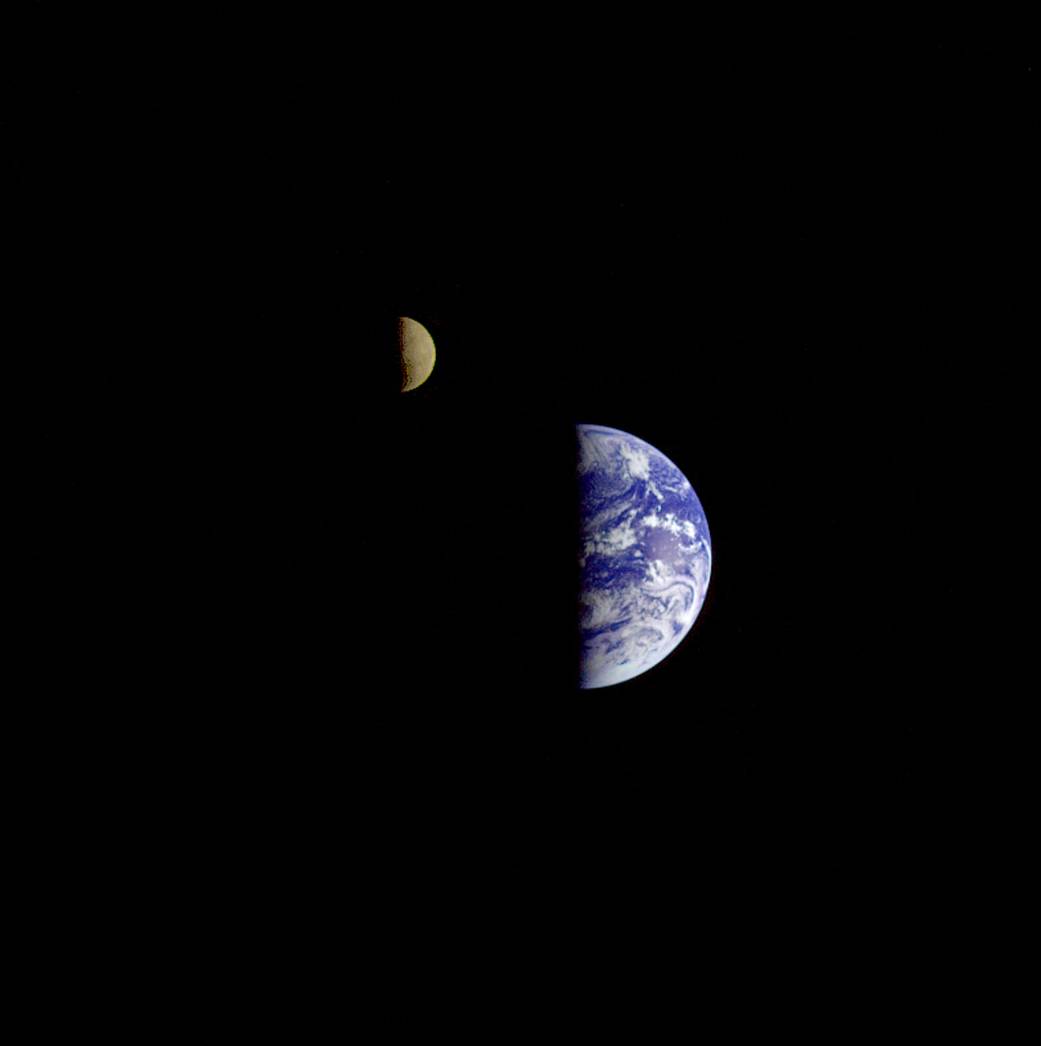
What's a lunar wobble and does the Earth rock too?
Just like the moon, the Earth also wobbles as it rotates on its own axis because of its oblate spheroidal shape and uneven distribution of mass.

A new study by NASA researchers noted that in the mid-2030s, many cities in the coastal areas of the US will experience an increase in high tide floods. According to the research team, a lunar wobble will cause the sea levels to rise more than usual due to the ongoing climate change crisis.
Even though we only see one face of the moon, it is not always the same one. Every 27 days, the moon completes a rotation on its axis. As the moon revolves in its elliptical orbit, its velocity changes which lead us to notice that the ‘light side’ of the moon appears at different angles throughout every month. This is how the moon wobbles.
Also read: ‘Wobble’ in Moon’s orbit will cause devastating floods in the 2030s – NASA
Since the process happens gradually, it is not visible to the naked eye. As the moon goes through this journey, it rocks like a ship, which is known as libration (Latin word for balance scale). The apparent size of the moon also undergoes changes depending on its elliptical orbit’s location. Its farthest point, the apogee, and nearest point, perigee, notes a difference of more than 10 per cent.

Just like our only natural satellite (the moon), the Earth also wobbles. Since the Earth is shaped like an oblate spheroid, with varying geographies adding to the uneven mass distribution on its surface, it drifts and wobbles as it rotates on its axis. These spin-axis movements are called polar motion.
NASA scientists, based on 20th-century data, discovered that the spin axis drifted about 4 inches every year, which becomes around 10 meters over the course of a century. The scientists believe three major causes are responsible for this drifting: contemporary mass loss primarily in Greenland, glacial rebound, and mantle convection (responsible for the movement of tectonic plates beneath the Earth’s surface).
Also read: Water on the moon: Why the Indian discovery is sidelined?
Climate change and greenhouse gas emissions also contribute to the Earth’s rotating patterns. In 2000, our planet’s spin axis took a sudden turn towards the East and ever since then, it has been drifting almost twice as fast at near about 7 inches per year.

